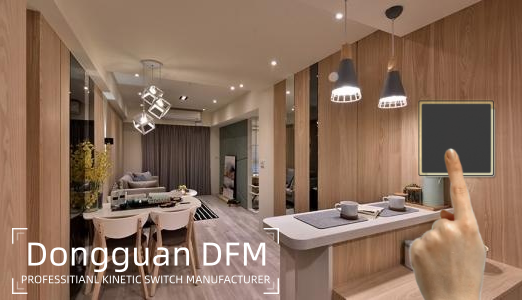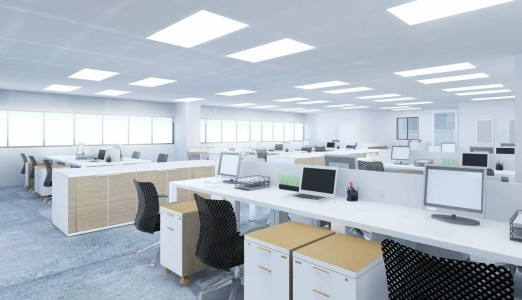Smart lighting systems have the potential to close the gap between lighting control and building data analysis. Data captured by lighting systems, such as space occupancy, which was previously only used to control lighting itself, can now be used for other services. The agility of wireless smart lighting systems removes previous constraints on reconfiguration and reuse to address new, unexpected, and therefore unplanned use cases.
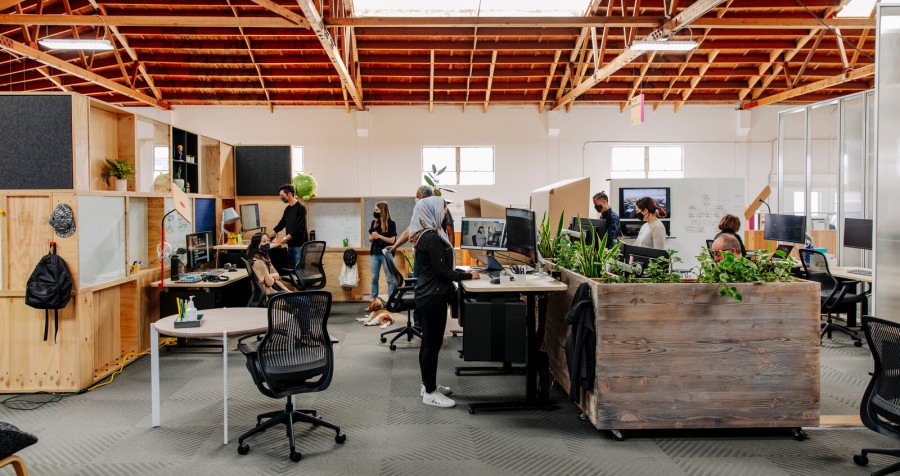
Evolution of lighting control
If we think back to the early days of lighting control, there were only wired solutions. The switches, dimmers and sensors are placed in fixed positions and connected to the lights. Any changes to the layout, such as rezoning office areas, require rewiring. Wireless solutions address this limitation, providing greater flexibility and convenience. Eliminating fixed, inflexible connections between sensors and lights greatly simplifies the reuse of available sensor data by other applications for analysis, visualization, and optimization.
Offering features such as automatic lighting off in unused rooms, lighting level control based on available daylight, and user-controlled lighting Settings, wireless lighting control systems can be installed and meet these important requirements with minimal rewiring.
Data is provided through the lighting control system
Data is the foundation of wisdom. Without the required data, it is impossible to make informed decisions, and the same is true of smart buildings. Fortunately, much of the required data is already available in lighting systems, requiring only a network that captures and transmits data from sensors using open standards such as Bluetooth or DFM, and makes them available to other applications through open, standardized interfaces. Access to available data is a prerequisite for triggering meaningful actions through user interfaces or integration into building automation systems.
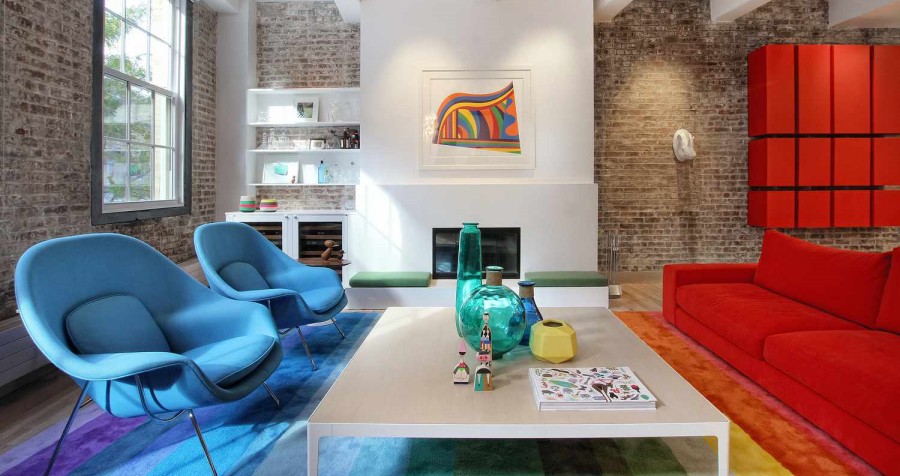
Key learning for a flexible future
I think one of the most important lessons is that we simply can't predict all future use cases at design time. As we have seen, control systems must evolve from single-purpose silos to general-purpose, interoperable, data-driven systems, and their designs must be flexible and scalable.
Without the required data, smart space is impossible. Data is money, and data that is captured but not accessible is therefore a waste of money. The design of sensors and control systems in buildings must take this into account.
The lighting system is at the center of the building; They provide a high density of nodes and often integrate powerful sensor capabilities, which makes them a unique data backbone. Therefore, the use of lighting systems to capture, transmit and export sensor data is a great opportunity to monetize investments and enable smart Spaces.

 CN
CN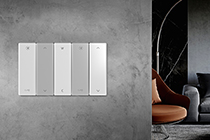
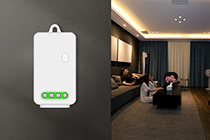

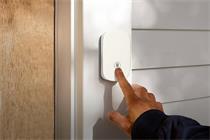

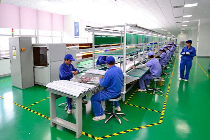



 Home
Home DFM
DFM  Jul 18,2023
Jul 18,2023 
 What building can truly be considered sustainable?
What building can truly be considered sustainable? 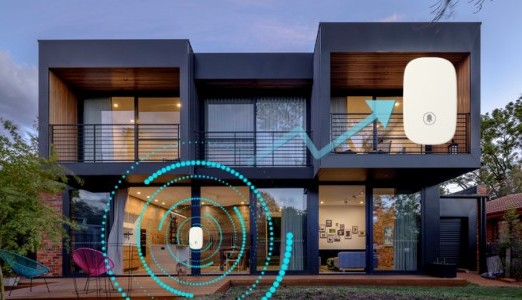
 Jul 14,2023
Jul 14,2023 

